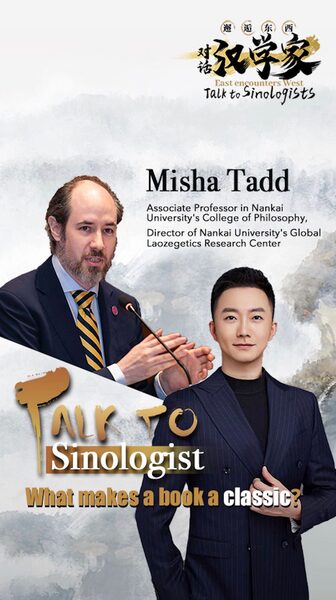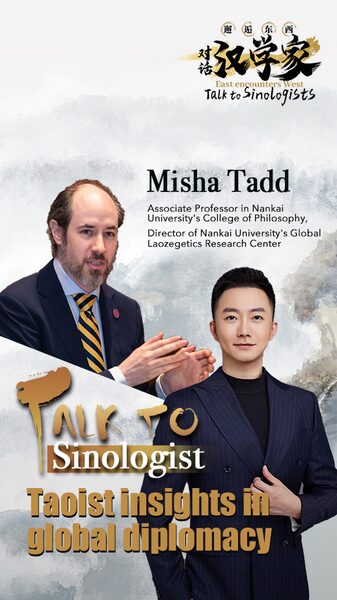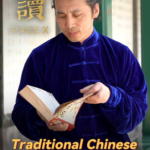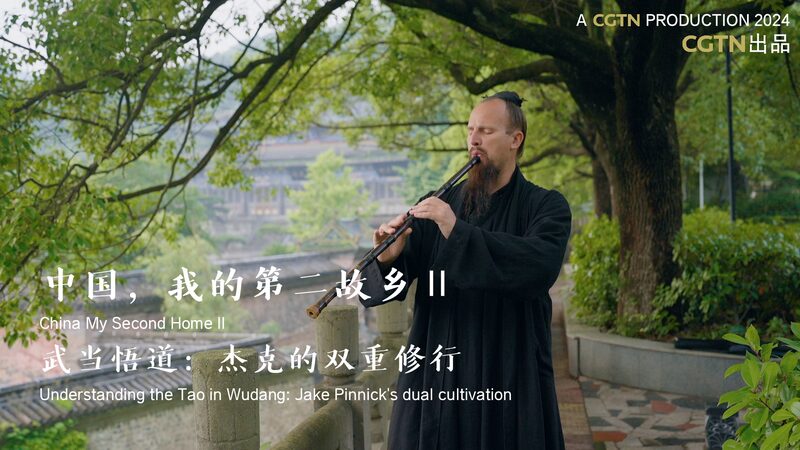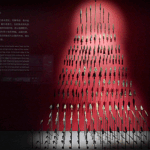In an era of constant connectivity and relentless ambition, a 2,300-year-old Taoist wisdom from philosopher Zhuangzi resurfaces as an unexpected guide for modern living. The story begins with a seeker knocking at a sage's door – only to be confronted with a question about invisible companions.
The Parable of the Invisible Crowd
As recorded in the foundational Taoist text Zhuangzi, the troubled visitor turns to find no physical followers behind him. The sage reveals the man carries an unseen entourage: societal expectations, past regrets, and future anxieties that "crowd" his spirit. This poetic exchange forms part of Zhuangzi's exploration of Dao (the Way) – the principle of harmonizing with nature's flow.
Modern Echoes of Ancient Wisdom
Contemporary psychologists might recognize this as early insight into cognitive load. For business leaders navigating Asian markets, the parable offers a metaphor for decision-making clarity. Academics note its relevance to discussions about mindfulness in Confucian-heritage societies. For diaspora communities reconnecting with cultural roots, it bridges ancient philosophy and modern mental health awareness.
Cultural historian Dr. Li Wei observes: "Zhuangzi teaches us to discern between essential and imposed burdens – a lesson resonating from Shanghai's financial hubs to Silicon Valley startups."
As Asia continues shaping global economic and cultural trends, this enduring wisdom reminds us that sometimes, progress begins by recognizing what isn't there.
Reference(s):
Butterfly in an invisible crowd: tracing wisdom in Zhuangzi's dream
cgtn.com

